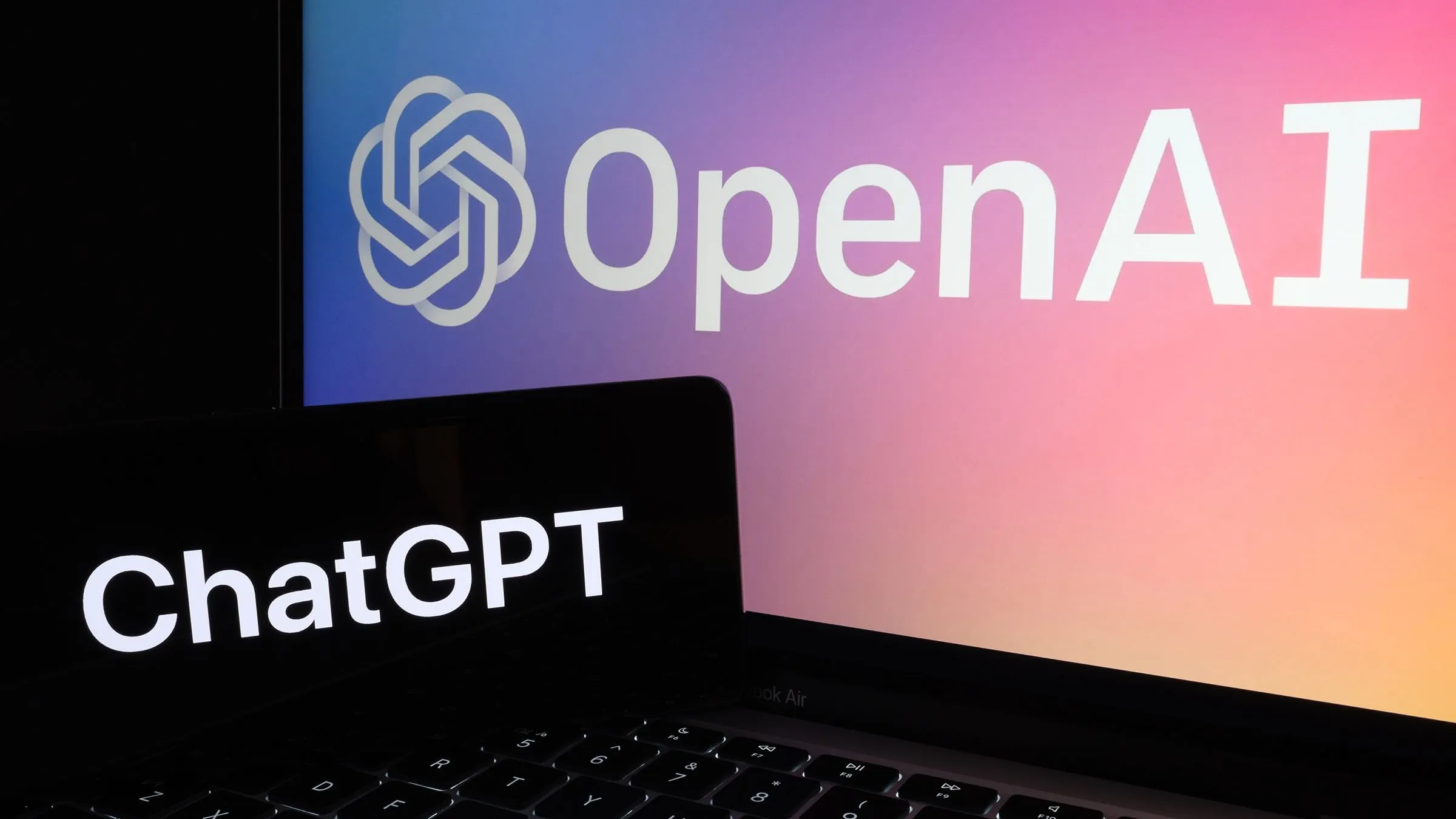OpenAI gave access to the full multimodal features of GPT-4o to its free users on Wednesday, a move that defies the norms of competitors who reserve advanced features for paying subscribers.
“We're opening up access to our new flagship model, GPT-4o, and features like browse, data analysis, and memory to everyone for free,” OpenAI tweeted. “All ChatGPT Free users can now use browse, vision, data analysis, file uploads, and GPTs,” it added, further expanding the capabilities available for free users.
A few weeks ago, OpenAI launched the first major evolution of its large language model (LLM), GPT-4o, which is natively multimodal, supporting text, image, and audio/voice without separate models. Contrary to expectations, the model was also made available for users with free accounts too, though it was a gradual process that began with text-only features first.
“Every week, more than a hundred million people use ChatGPT. We are starting to roll out more intelligence and advanced tools to ChatGPT Free users over the coming weeks,” OpenAI said in its announcement back on May 13.
All ChatGPT Free users can now use browse, vision, data analysis, file uploads, and GPTs. https://t.co/NTXSalAV6q
— OpenAI (@OpenAI) May 29, 2024
By giving away GPT-4o features for free, OpenAI is democratizing advanced AI technology by making it accessible to a broader audience, including those who cannot afford paid subscriptions.
GPT-4o offers significant improvements in text, vision, and audio processing, which can be leveraged for various applications—such as image recognition, natural language processing, and more. So every single ChatGPT user would be enjoying the experience of using a chatbot that is arguably the most powerful and versatile option around.
The free version of GPT-4o is available through the Chat Completions API, Assistants API, and Batch API, allowing users to integrate it into their applications and workflows.
But there are some limitations. Free users will face message restrictions, which may change based on usage and demand. During peak usage times, they may default to GPT-3.5, which could limit their access to advanced features. They will also have limited access to advanced tools such as data analysis, file uploads, and vision capabilities, which may hinder their ability to fully utilize the model's capabilities.
Besides, the free availability of GPT-4o may ultimately lead to increased demand, potentially causing overload and slower response times for users, especially during peak hours. That could negatively impact the user experience for ChatGPT users—both free and paid alike.
There are also potential security concerns around widespread use of GPT-4o, particularly if users do not properly secure their interactions with the model, possibly exposing sensitive data in the process.
By default, OpenAI enables the option to let ChatGPT use its clients’ data to train new models, and casual users may not be aware of that or understand why they might want to turn it off. Those who don’t pay for the product, are the product—and this is true in this case, where data is the currency of the AI world.
And there is another ugly side to it: The free availability of all of the multimodal features of GPT-4o deems unnecessary many wrappers and startups built on the basis of using GPT-4. For example, translation startups, editors, PDF readers and analyzers, chatbots, and even image generators may struggle to keep up with a profitable business model now that all the custom GPTs are available for free.
Should you pay?
OpenAI's decision to offer GPT-4o for free could be seen as a strategic move to build anticipation and attract users early on, much like its approach with GPT-3.5 last year before the launch of GPT-4. By giving free access, OpenAI is likely aiming to boost its user base in preparation for the release of the next frontier model, which paid users can then upgrade to.
My takeaway:
OpenAI is opening the door to maximising its user base. Whilst I don't want to get my hopes up for GPT-5, this all points towards OpenAI releasing something big for paying users soon.
If you enjoy insights like this, follow me @thealexbanks for daily AI highlights.
— Alex Banks (@thealexbanks) May 30, 2024
For many users, this presents an opportunity to pause their monthly ChatGPT Plus subscription fees and explore alternative models like Anthropic’s Claude Opus, which charge similar amounts. However, power users and enterprises may still see value in maintaining their paid subscriptions with OpenAI, as they offer higher usage limits—paid accounts have a cap five times greater than free accounts.
Moreover, paid subscriptions unlock the ability to create custom GPTs tailored to specific use cases or datasets, an extremely powerful feature for enterprises and specialized applications. While free access democratizes AI technology, paid tiers cater to those requiring increased capacity, advanced capabilities, and customization options.
Edited by Andrew Hayward

